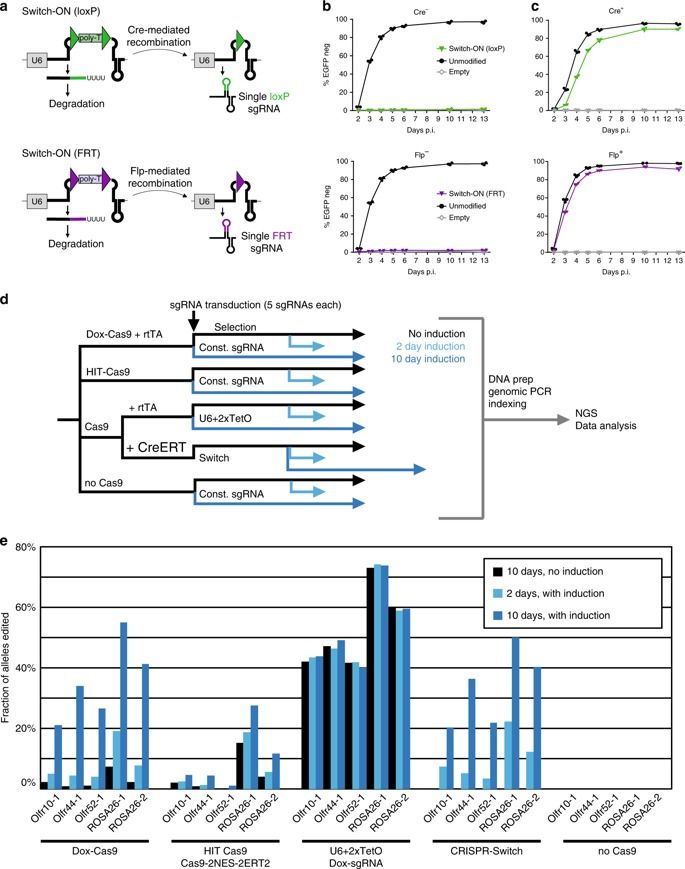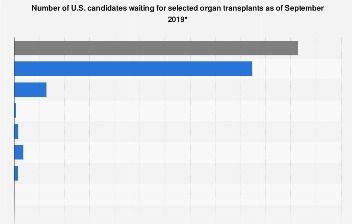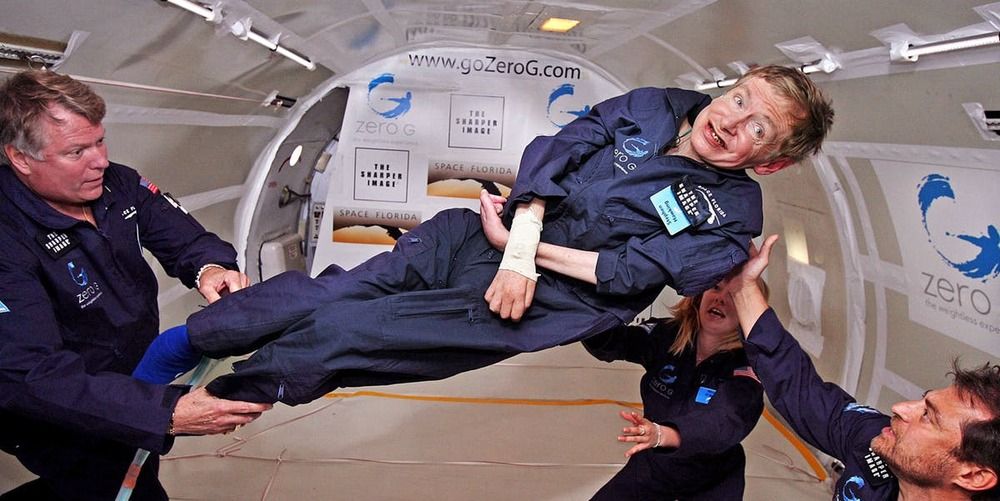New research makes a molecular connection between the brain and aging — and shows that overactive neurons can shorten life span.



A team of researchers affiliated with multiple institutions in China has found that the makeup of the gut microbiome can be a determiner for the efficacy of exercise with prediabetics. In their paper published in the journal Cell Metabolism, the group describes their study of prediabetic volunteers and exercise and what they found.
In the medical community, type 2 diabetes is considered to be preventable in most people—all it takes is a change in diet and an increase in exercise. But things may not be as simple as that as the researchers with this new effort discovered—they found that exercise does not always lead to reductions in glucose metabolism.
The study by the team involved asking 29 male prediabetic volunteers to undergo glucose metabolism and gut microbe testing. Then the group was divided into two—20 volunteers were asked to undergo an exercise regimen for three months while the other 19 were asked to maintain their normal eating and exercise habits. At the end of the three-month period, all of the volunteers once again underwent glucose and gut microbe metabolic testing.

This is one of the most challenging book reviews I have ever written, not because I did not enjoy ‘The Posthuman Child’, quite the contrary: this is one of the most interesting and stimulating books I have read in a long time, thus I am in the position of trying to ensure that I do this book the justice it deserves in this review. For me, Murris is utterly captivating in her writing as she guides the reader through a ‘labyrinth’ (p.23) of challenging philosophical ideas stemming from posthumanism. Ideas which encourage deep and existential questions, particularly in relation to dominant Western figurations of ‘children’ and ‘childhood’. Despite the deep intensity of the philosophical and theoretical content, Murris manages to take the reader through this process of questioning, unpicking and ‘diffracting’ (p.14) in a highly supportive manner.
As I became increasingly engrossed in reading, I found myself trying to fathom how Murris managed to achieve this level of challenge and stimulation in such a supportive way, when it suddenly became clear to me: Murris achieved this seemingly impossible balancing act by remaining entirely committed to the very philosophical ideas she has written about. From a Posthuman perspective, traditional binaries and dualisms do not exist: binaries, such as those that have been constructed to separate: ontology and epistemology; body and mind; theory and practice. It is her embodiment of this completely entangled and relational ‘ontoepitemological’ (p.51) view of the world that provides the level of support I experienced while reading: challenging philosophical ideas and practical examples and insights from her own lived experiences as a teacher, teacher educator and mother are seamlessly woven together.

The first ever integrated nanoscale device which can be programmed with either photons or electrons has been developed by scientists in Harish Bhaskaran’s Advanced Nanoscale Engineering research group at the University of Oxford.
In collaboration with researchers at the universities of Münster and Exeter, scientists have created a first-of-a-kind electro–optical device which bridges the fields of optical and electronic computing. This provides an elegant solution to achieving faster and more energy efficient memories and processors.
Computing at the speed of light has been an enticing but elusive prospect, but with this development it’s now in tangible proximity. Using light to encode as well as transfer information enables these processes to occur at the ultimate speed limit—that of light. While as of recently, using light for certain processes has been experimentally demonstrated, a compact device to interface with the electronic architecture of traditional computers has been lacking. The incompatibility of electrical and light-based computing fundamentally stems from the different interaction volumes that electrons and photons operate in. Electrical chips need to be small to operate efficiently, whereas optical chips need to be large, as the wavelength of light is larger than that of electrons.

CRISPR-Cas9 is an efficient and versatile tool for genome engineering in many species. However, inducible CRISPR-Cas9 editing systems that regulate Cas9 activity or sgRNA expression often suffer from significant limitations, including reduced editing capacity, off-target effects, or leaky expression. Here, we develop a precisely controlled sgRNA expression cassette that can be combined with widely-used Cre systems, termed CRISPR-Switch (SgRNA With Induction/Termination by Cre Homologous recombination). Switch-ON facilitates controlled, rapid induction of sgRNA activity. In turn, Switch-OFF-mediated termination of editing improves generation of heterozygous genotypes and can limit off-target effects. Furthermore, we design sequential CRISPR-Switch-based editing of two loci in a strictly programmable manner and determined the order of mutagenic events that leads to development of glioblastoma in mice. Thus, CRISPR-Switch substantially increases the versatility of gene editing through precise and rapid switching ON or OFF sgRNA activity, as well as switching OVER to secondary sgRNAs.

Do you know why only Vitamin C in the form of L-ascorbic acid is truly effective against cancer?
The Molecular Structure of Ascorbic Acid – MasterKey to Health & Disease
Most living organisms including plants, insects and animals produce ascorbic acid. Ascorbic acid exists naturally in the form of L-ascorbic acid [24]. In physiological pH, L-ascorbic acid exists predominantly in the ionic form of L-ascorbate.
In their 2019 landmark study, Osipyants et al. not only showed that prolyl hydroxylase depended upon ascorbic acid as substrate, but demonstrated definitively for the first time that ascorbic acid MUST BE IN THE SPECIFIC MOLECULAR STRUCTURE of L-ASCORBATE in order to suppress HIF-1a [25]!!

This sounds like a roundabout way of saying that the uploaded minds might be seen as superhuman, even though, as Minerva and Rorheim observe, “it’s not clear whether you would survive in any meaningful sense if you were copied several times over.” If you didn’t, something that used to be you might exist and be cognitively superior to the common run of humanity but the “you-ness” is gone.
The authors also warn, “We can be pretty certain, for instance, that rejuvenation would widen the gap between the rich and poor, and would eventually force us to make decisive calls about resource use, whether to limit the rate of growth of the population, and so forth.”
Such considerations as limiting the “rate of growth” of the population may relate to a controversy in 2012 involving a paper written by Dr. Minerva and Dr. Alberto Giubilini:

This statistic displays the number of organ transplant candidates in the United States by organ, as of as of September 25, 2019. At this moment, there were 230 candidates in the country waiting for an intestine donation. Organ donation can be given through both a deceased and living donor if blood and oxygen are flowing through the organs until the time of recovery to ensure viability. There are over 120,000 people in the country waiting for an organ transplant.

Before his death, Stephen Hawking submitted a research paper that predicts the end of the world.
Just two weeks before his death, renowned physicist Stephen Hawking submitted a research paper that suggests parallel universes and predicts the end of this one.
Hawking and his co-author Thomas Hertog published their research in “A Smooth Exit from Eternal Inflation,” detailing how scientists may also be able to detect other universes using a spaceship. According to Hertog, Hawking finished writing the paper from his deathbed, leaving behind a final legacy that is worthy of the Nobel Prize.
“He has often been nominated for the Nobel and should have won it. Now he never can,” he told the Sunday Times.